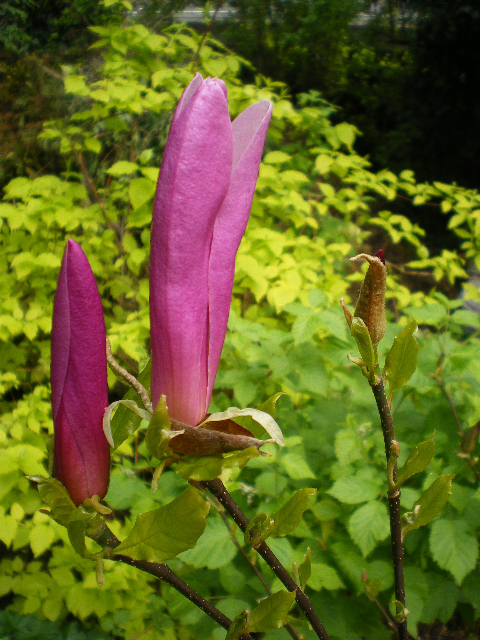>> Margaret Hantiuk
Linda Gilkeson is a local treasure house of information for organic gardeners. As an entomologist and year round food gardener living on Saltspring Island, she has written some popular books that are excellent resources: West Coast Gardening: Natural Insect, Weed and Disease Control (just revised and updated), Backyard Bounty: The Complete Guide to Year-Round Organic Gardening in the Pacific Northwest, and Year-Round Harvest: Winter Gardening on the Coast. Her website lindagilkeson.ca is informative (e.g. pictures that will help you identify pests and diseases). Gardeners may register to get on her free year-round gardening tips by email.
Gilkeson was awarded the Queen’s Jubilee Medal in 2003 for her outstanding work in government and industry to turn our pesticide laws and policies toward organic best practices. She teaches (e.g. Master Gardener programs at the Horticulture Center of the Pacific), writes, lectures and consults. Recently, Linda was a guest speaker for the Victoria Horticultural Society.

Here are some of her tips regarding the ‘bad bugs’:
- Using bug mesh (a new product, Russell’s Nursery carries it) solves problems with bugs that spoil our fruit and berries. It can be thrown over the bush, or wrapped around the branch ends or fruit clusters, but must be secured snugly at the opening.
- New invasive bugs and some old ones are difficult to eradicate as there are too many ‘alternate’ hosts (wild species of plants or abandoned or neglected varieties). To kill bad bugs (e.g. tent nests of caterpillars) drop them in a bucket of soapy water for a while—plant material can then be composted.
- Stroll around your garden in early morning or in evening with a flashlight and inspect plants for damage. Cutworms are at work at this time and many leaf-eating bugs. Toss them in the soapy water. Sometimes just a few are doing a lot of damage. Look under shrubs, under leaves, inside damaged leaves, on bark.
- Learn to identify the bad bugs so that you are not destroying the beneficial bugs that will arrive to consume or destroy them (the ‘control’)
- Btk is a live organism that is sprayed as a biological control but must be used at a critical time (the target at the right stage) to be effective (2 week window)
- Pest invasions are often cyclical: if pesticides are not present, the natural controls will arrive to feed on the pest. Keep your plants healthy to survive the worst of it.
- Best slug bait is Safer Brand: spread around the outside periphery of your garden, NOT around plants, as it attracts slugs and slowly kills them
Here are Linda’s tips for year-round food gardening:
- Get cultivars that grow in the winter; different than summer varieties.
- Time of seeding is critical; give enough time for each crop to establish roots before winter.
- Mulch around plants to protect in winter: thick, fluffy, un-chopped leaves, straw, spent plant stalks, conifer boughs, etc.
- Using black plastic on the ground in the spring warms up soil for seeding.
- Raised beds allow earlier seeding as soil drains and warms faster in spring.
- Summer seeding requires newspapers over seedbeds to keep soil cool and moist.
- Don’t pull out frost-damaged winter greens. They come back from roots.
- Have tarps and old blankets on hand in winter and cover beds if it goes below -5°C.
- Winter veggies in beds are like an outdoor living fridge; cut, harvest and eat fresh.
- Use protected south facing spots for winter beds where low winter sun reaches.







Leave A Comment